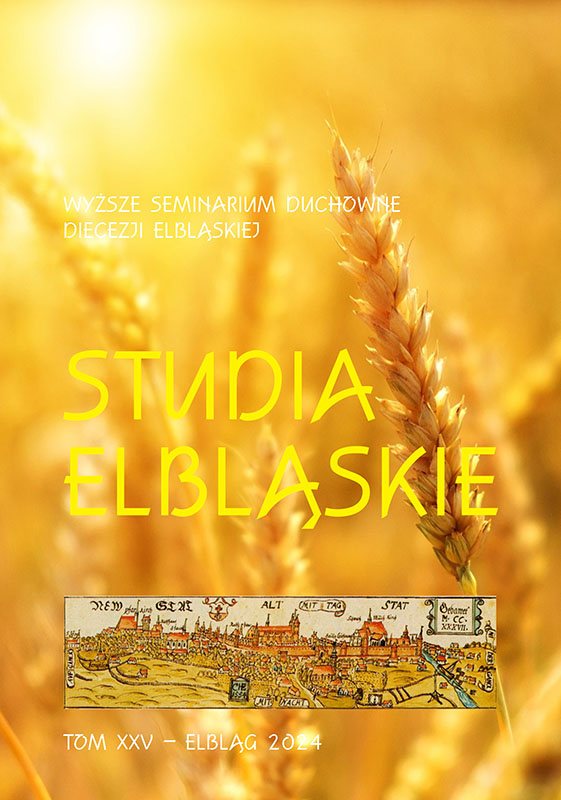Depopulacja Węgier
Depopulation in Hungary
Author(s): Krzysztof BielawnySubject(s): History, Social Sciences, Cultural history, Local History / Microhistory, Social history, Recent History (1900 till today), 19th Century
Published by: Wyższe Seminarium Duchowne Diecezji Elbląskiej w Elblągu
Keywords: Hungary; depopulation; abortion; contraception; sexual education;
Summary/Abstract: From the end of the 17th century, the Kingdom of Hungary came under Habsburg rule. From the beginning of the 19th century, it became a province of the newly established Austrian Empire. In 1867, the Austro-Hungarian Empire was established, in which Hungarians were co-hosts of the new state. They gained their state independence after the First World War, when the Austro-Hungarian monarchy broke up in 1918 and Hungary was declared a republic. As a result of the political changes, Hungary lost access to the sea and two-thirds of its territory in 1920. Of 325,000 square kilometres, only just over 93,000 square kilometres remained. Hungary also lost two-thirds of its population. Of 21 million, just over 8 million remained. At the end of the 19th century, the depopulation process of the Hungarian nation began. In 1895 divorce and civil unions were introduced, and in 1919 ‘sex education’ was introduced in Budapest schools, initiated by György Lukács, Minister of Culture under Bela Kuna (1886–1938). In 1953 the killing of unborn children was legalised and in 1968 the contraceptive pill was introduced for sale. These measures led to a demographic collapse among Hungarians, who as a society became older and older over the years, characterised by a small young generation.
Journal: Studia Elbląskie
- Issue Year: 2024
- Issue No: 25
- Page Range: 165-179
- Page Count: 15
- Language: Polish

